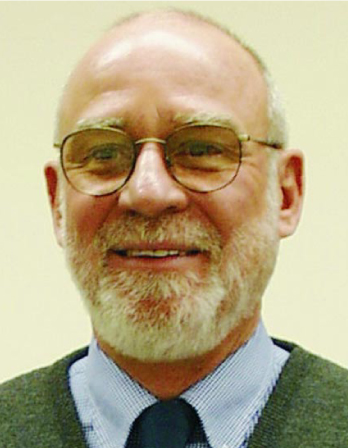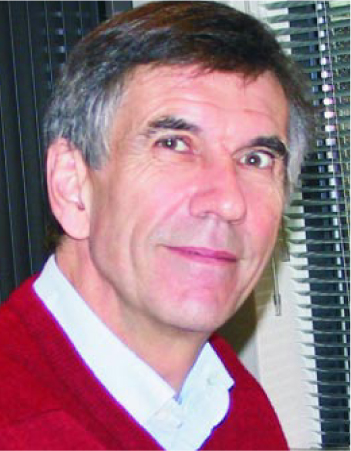Two Radio Telescopes Get New Directors
DOI: 10.1063/1.1570769
The Square Kilometer Array and Arecibo Observatory have tapped new directors. On 1 January, Richard Schilizzi took the reins as inaugural director of the SKA. The post is based in Dwingeloo at the Netherlands Foundation for Research in Astronomy (ASTRON), where he previously headed the Joint Institute for Very Long Baseline Interferometry in Europe (JIVE). And on 5 May, Robert L. Brown, who has been at the National Radio Astronomy Observatory for more than three decades, most recently as deputy director, will take the helm of Arecibo’s parent organization, the Cornell University–run National Astronomy and Ionosphere Center. He will succeed Paul Goldsmith, who stepped down in December after 10 years in the post.
The SKA’s large collecting area will make it 100 times more powerful than the best radio telescopes of today. “Everyone is excited about the SKA” says Schilizzi. “Its sensitivity to hydrogen, the most abundant element, gives it a unique role in exploring the dark ages of the early universe, before and during the first appearance of galaxies.” The many areas of research foreseen for the SKA include star and galaxy formation, large-scale structure of the universe, evolution of heavy elements, dark matter, gravitational waves, gamma-ray bursts, and the search for extraterrestrial intelligence.
Scientists in more than a dozen countries are working on the SKA, with seven sites and a half dozen designs under consideration (see Physics Today, October 2000, page 70
Meanwhile, topping Brown’s list is the introduction of remote access to encourage more use of Arecibo, the world’s largest single-dish telescope. He also plans to add a multibeam receiver for studies of atomic hydrogen in galaxies and to boost Arecibo’s upper frequency from 10 to 15 GHz by fine tuning the panels that make up the 305-meter dish. The higher frequencies would increase the angular resolution, aid in very long baseline interferometry experiments, and open the window to astrochemically important molecules such as formaldehyde, which can be used to estimate cloud temperature, and methanol, a signpost of star formation.
Arecibo is also a testbed for radio interference issues, data processing, and science for both the SKA and the Low Frequency Array—a collaboration of the Naval Research Laboratory, MIT’s Haystack Observatory, and ASTRON.

NRAO


SKA

More about the Authors
Toni Feder. American Center for Physics, One Physics Ellipse, College Park, Maryland 20740-3842, US . tfeder@aip.org
